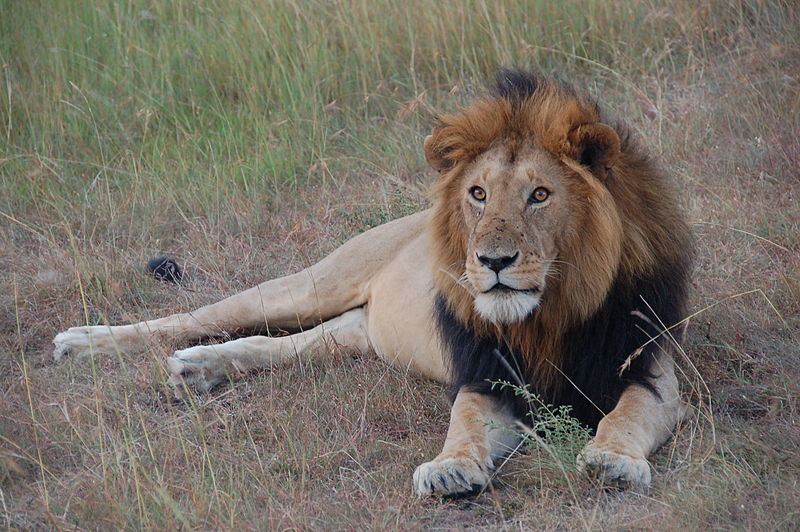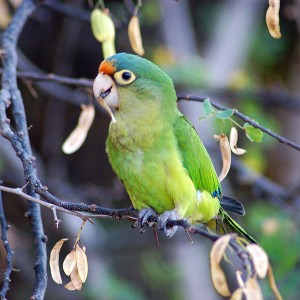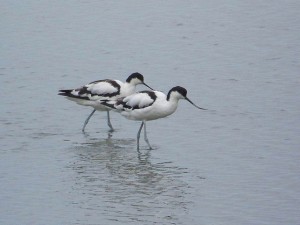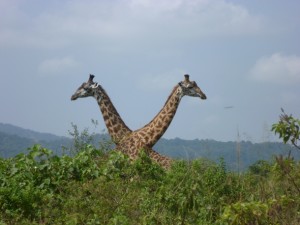Rediscovery of Bird Feared Extinct
The Bahamas Nuthatch was feared extinct after Hurricane Matthew, but has been rediscovered by a research team. However, with only two birds found, its chances of recovery are slim.

The Bahama Nuthatch is an endangered species, only known from a small area of native pine forest on Grand Bahama Island, which lies approximately 100 miles off the coast of Florida. It had been feared extinct following the catastrophic damage caused by Hurricane Matthew in 2016, and had not been found in subsequent searches. Fortunately it has been rediscovered by research teams searching the island. The bad news is that it is feared that there could only be two left, placing the species on the verge of extinction and making it one of the world’s most critically endangered birds.
An exhaustive search of Grand Bahama, over a three-month period, was made by University of East Anglia students in partnership with scientists from Birdlife International and the Bahamas National Trust. The students caught the elusive bird on film.
The Bahama Nuthatch has a long bill, a distinctive high-pitched squeaky call, and nests only in mature pine trees. There had been a sharp decline in its population crashing from an estimated 1,800 in 2004 to just 23 being seen in a survey in 2007. The decline likely began in the 1950s due to habitat loss due to timber removal, and more recently due to hurricane damage, storm surges having killed large areas native forest.
Dr Diana Bell, from the University of East Anglia’s School of Biological Sciences, said: “The Bahama Nuthatch is a critically endangered species, threatened by habitat destruction and degradation, invasive species, tourist developments, fires and hurricane damage. Our researchers looked for the bird across 464 survey points in 34,000 hectares of pine forest. It must have been like looking for a needle in a hay stack. They played out a recording of the bird’s distinctive call in order to attract it. As well as searching for the elusive bird, they also collected environmental data to better understand its habitat preferences and surveyed the extent of hurricane and fire damage.”
The UEA team made six Nuthatch sightings in total. One of the students, Matthew Gardner said: “We were the first to undertake such an exhaustive search through 700km of forest on foot. We had been scouring the forest for about six weeks, and had almost lost hope. At that point we’d walked about 400km. Then, I suddenly heard its distinctive call and saw the unmistakable shape of a Nuthatch descending towards me. I shouted with joy, I was ecstatic!”
There is little optimism about the bird’s fate, as the reasons behind its precipitous decline are still unclear. Dr Bell explains: “Sadly, we think that the chances of bringing this bird back from the brink of extinction are very slim – due to the very low numbers left, and because we are not sure of the precise drivers for its decline. But it is still absolutely crucial that conservation efforts in the native Caribbean pine forest do not lapse as it is such an important habitat for other endemic birds including the Bahama Swallow, Bahama Warbler and Bahama Yellowthroat.”





No comments yet.